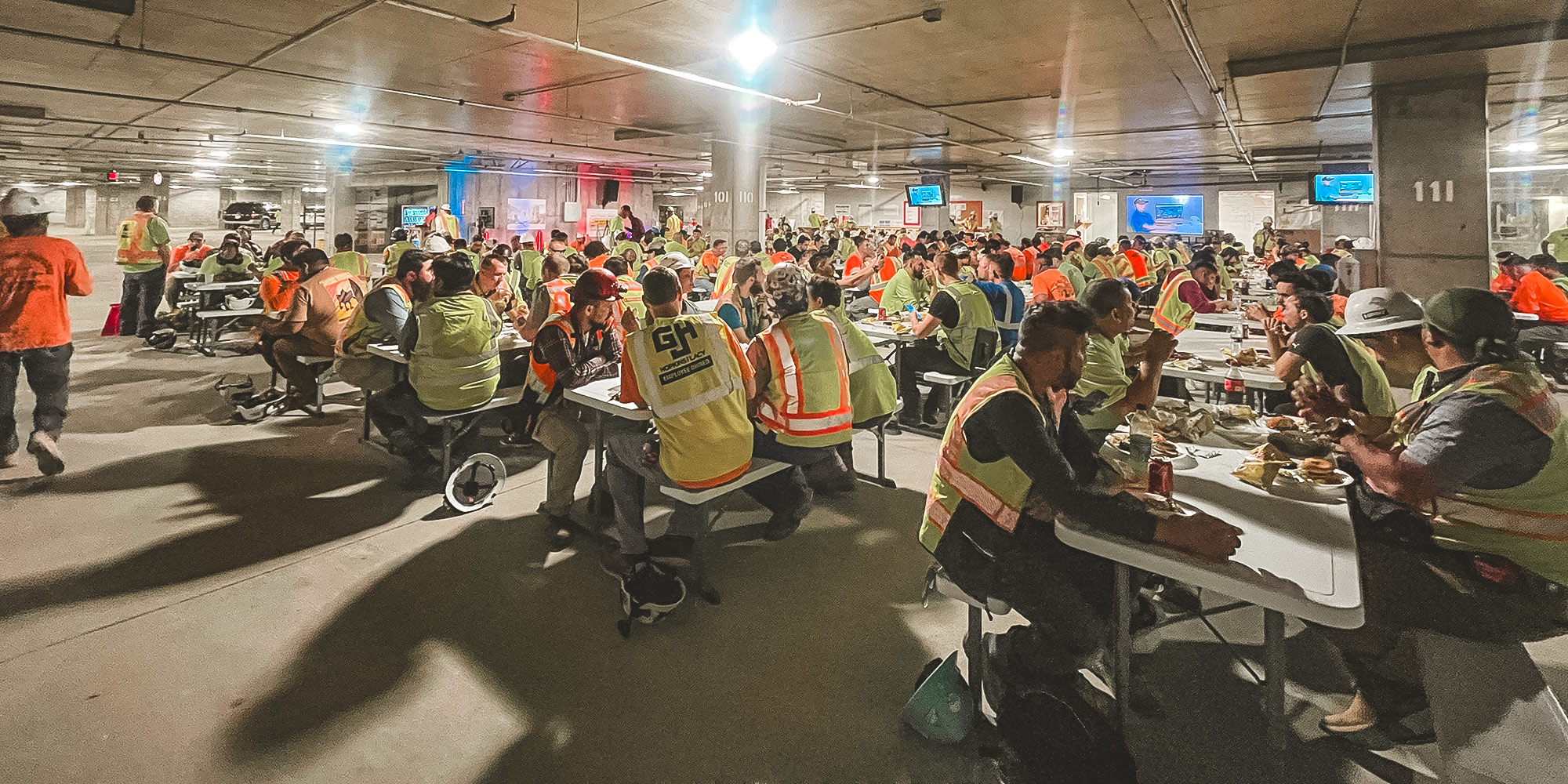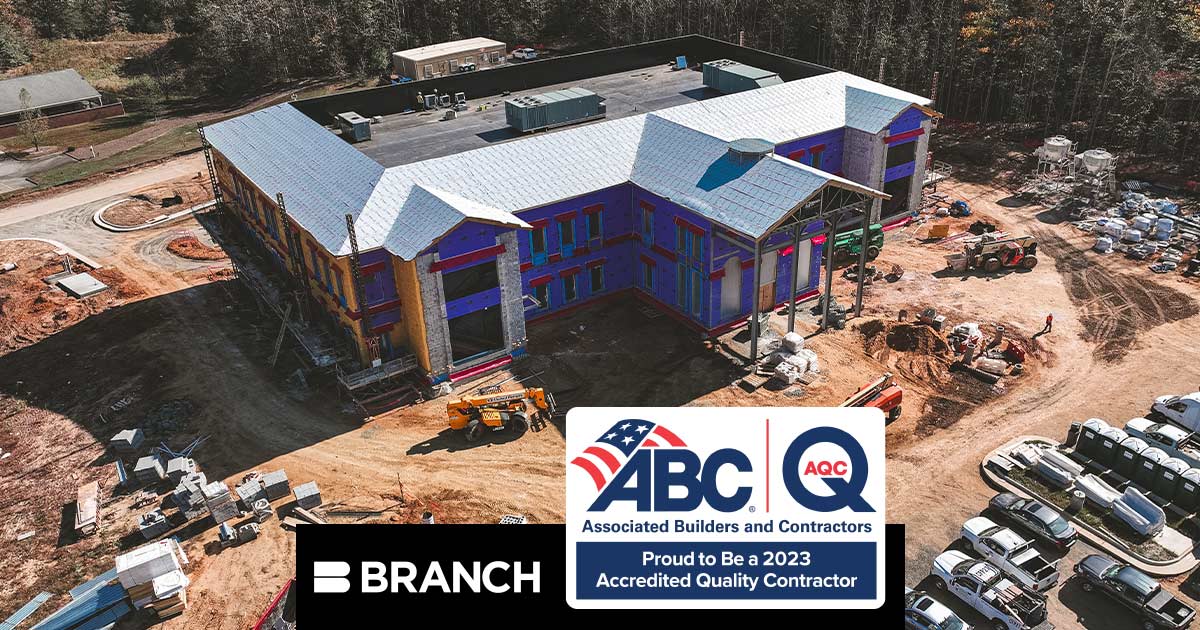G.J. Hopkins enjoys highly successful year of apprenticeships
 Over the last four years, G.J. Hopkins has seen a steadily rising influx of apprentices join its ranks. According to the company’s President, Ernie Caldwell, the numbers have climbed from an average of five or six apprentices in 2014 to thirty-one in 2018. He attributes this leap to a key change the company made to its apprenticeship program in 2015: paying apprentices upfront.
Over the last four years, G.J. Hopkins has seen a steadily rising influx of apprentices join its ranks. According to the company’s President, Ernie Caldwell, the numbers have climbed from an average of five or six apprentices in 2014 to thirty-one in 2018. He attributes this leap to a key change the company made to its apprenticeship program in 2015: paying apprentices upfront.
Hopkins’ traditional apprenticeship track took a reimbursement route. “If [the apprentice] made a passing grade and had a certain level of attendance,” Caldwell explains, “then we would reimburse the apprentice for the cost of going through the program each year.” While this approach ultimately compensated for the apprentice’s expenses, it still called for the kind of out-of-pocket money that budding tradesmen rarely have. With these expenses paid and the employee agreement signed, an apprentice can begin their four-year program exploring the mechanical, electrical, and plumbing trades at Hopkins.
BUILDING A BETTER CHOICE
Caldwell hopes to see this career path presented as a viable option for more students. “It’s a mindset change,” he explains. The trades can redirect the trend of intelligent kids undecided on their careers emerging from four years of college with piles of debt but no direction. Working through an apprenticeship can furnish them with two invaluable assets: time and money. With a financially stable four-year margin in which to try their hand at the working world, apprentices leave their program with the resources and experience to make better-informed career decisions.
An apprenticeship can shape any career future. “To be in construction, you have to have a good work ethic,” Caldwell explains. “[It] teach[es] you how things go together, and what comes out of a good, hard day’s work.” Whether someone emerges from an apprenticeship as an electrician or a future pharmacist, they will have learned and practiced the disciplines of hard work and self-sufficiency part and parcel of the construction industry.
AN INDUSTRY IN HIGH DEMAND
While Caldwell hopes to see the advantages of these apprenticeships benefitting the working world at large, he especially wants to alert the public to the extensive industrial need for construction workers. “This is a nationwide problem,” he says. “It’s convincing guidance counselors to allow the construction trade to be taught in their schools and show them that there’s a career path.”
The demand for the trades is alive and well. “Construction, at this time,” says Caldwell, “is one of the things that can’t be outsourced.” Electricity and plumbing are some of the most common conduits of our daily lives, and they still need installation. Caldwell explained how some major construction projects, such as a Facebook building in downtown Richmond, have been brought to a halt by the industrial shortage of electricians and the likes. “They just can’t find enough to get the work done and keep it on schedule.”
WILL YOU JOIN THE RANKS?
For these reasons, the benefits of Hopkins’ new apprenticeship program approach extend beyond the company into the working community. By making its apprenticeships a more financially viable option, the company is ushering more employees through the doors of possibilities in the construction industry. Will you try your hand at the trades?





